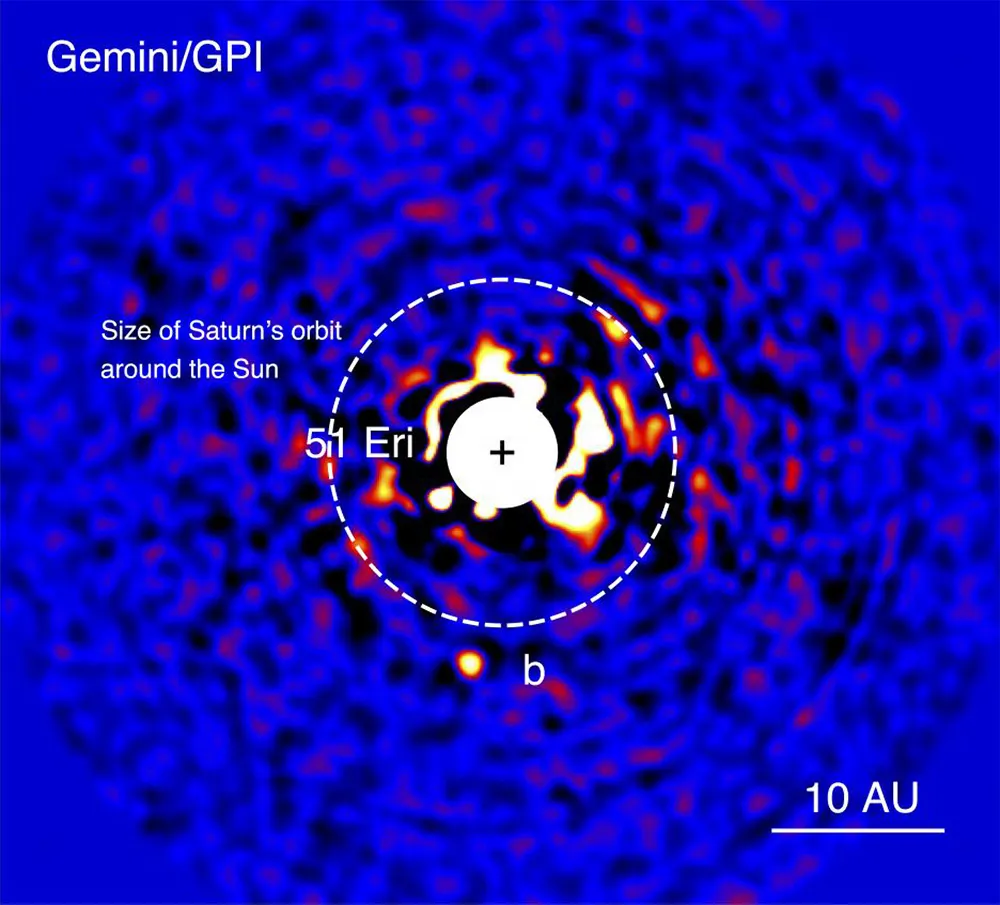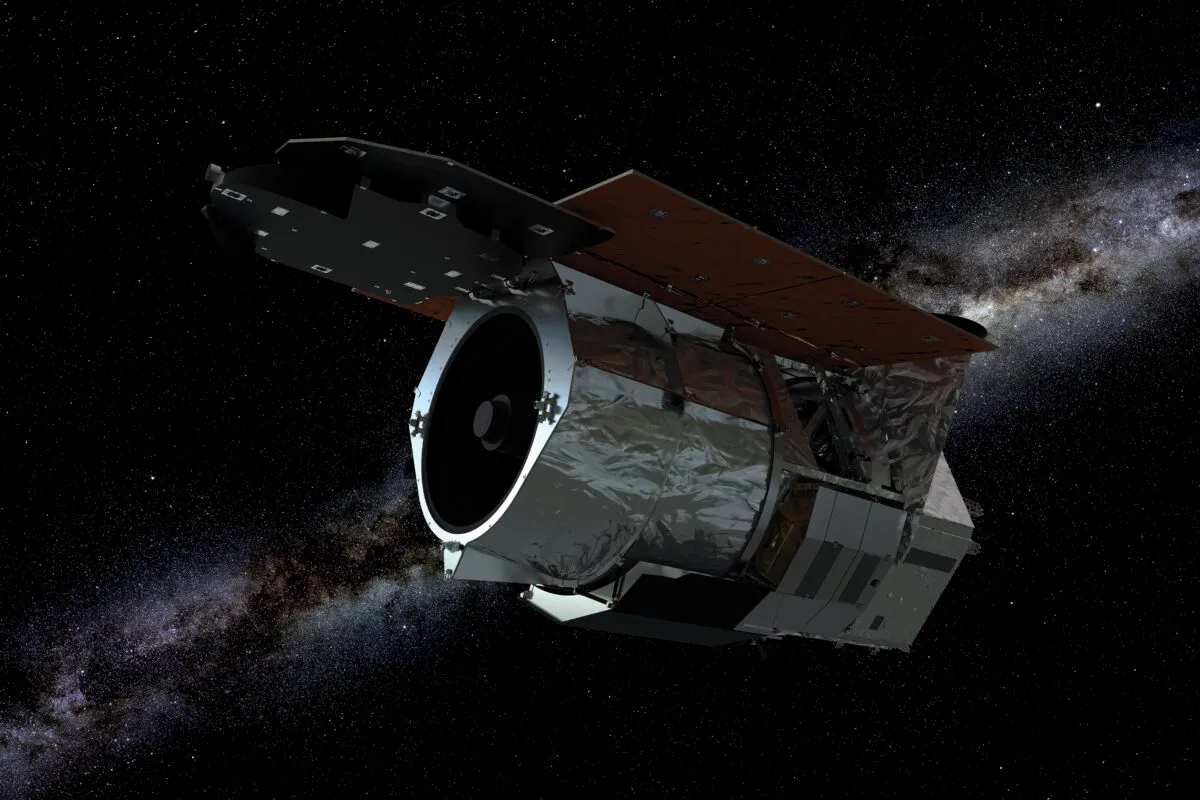The Hubble Space Telescope and the New Horizons spacecraft have captured simultaneous images of planet Uranus, giving astronomers the ability to make observe the ice giant from different viewpoints.
The team behind the observations say they'll be able to use the results to inform future imaging of exoplanets: planets orbiting stars beyond our Solar System.
More about Uranus

About the Uranus study
During the observations, NASA's New Horizons spacecraft – better known for its study of dwarf planet Pluto and the Kuiper Belt – was 6.5 billion miles away from Uranus, on the far side of the planet.
This enabled New Horizons to study Uranus's twilight crescent, a feat that cannot be achieved from Earth.
The spacecraft's view of the planet was just several pixels wide in its Multispectral Visible Imaging Camera, but this was enough to give astronomers the data they needed.
Hubble, meanwhile, was 1.7 billion miles from Uranus and, with a much higher resolution camera, was able to observe atmospheric features like clouds and storms on the day side of the ice giant.

Comparing Uranus with planets beyond the Solar System
The study of Uranus is being used by astronomers as a proxy for learning more about photographing planets beyond our Solar System.
"While we expected Uranus to appear differently in each filter of the observations, we found that Uranus was actually dimmer than predicted in the New Horizons data taken from a different viewpoint," says lead author Samantha Hasler of the Massachusetts Institute of Technology in Cambridge and New Horizons science team collaborator.

As incredible as it may sound, astronomers have been able previously to directly image planets orbiting stars beyond our Sun, and the ability to do this will improve as technology and techniques advance.
Direct imaging of exoplanets can teach astronomers about whether they could host life, but also enable them to learn more about how distant systems compare to our own Solar System.
Astronomers use direct imaging to study exoplanets, but also a technique called spectroscopy, whereby they split and analyse light that has passed from a host star through an exoplanet's atmosphere to identify its chemical composition.
Currently, direct images of exoplanets reveal them as mere pinpoints because they are so far away, and often drowned out by their bright host stars.

"Uranus appears as just a small dot on the New Horizons observations, similar to the dots seen of directly-imaged exoplanets from observatories like Webb or ground-based observatories," says Hasler.
"Hubble provides context for what the atmosphere is doing when it was observed with New Horizons."
One example of this is how Hubble and New Horizons both saw that Uranus's brightness did not vary as the planet rotated.
This suggests cloud features were not changing with the planet’s rotation.
Results like these can be used to inform future observations of exoplanets.
For example, by revealing more about how to image and study the atmospheres of gas giants in our Solar System, the results could be applied to planets beyond our Solar System.

New Horizons's observations showed exoplanets may be dimmer than predicted at partial and high phase angles, and that the atmosphere reflects light differently at partial phase.
“These landmark New Horizons studies of Uranus from a vantage point unobservable by any other means add to the mission’s treasure trove of new scientific knowledge, and have, like many other datasets obtained in the mission, yielded surprising new insights into the worlds of our Solar System,” says New Horizons principal investigator Alan Stern of the Southwest Research Institute.
The results have implications for future missions like the Nancy Grace Roman Space Telescope, set to launch by 2027, which will use a coronagraph to block out light from distant stars to better see exoplanets in orbit around them.
And NASA’s Habitable Worlds Observatory, the first telescope designed to search for so-called biosignatures on Earth-sized rocky planets.

"Studying how known benchmarks like Uranus appear in distant imaging can help us have more robust expectations when preparing for these future missions," concluded Hasler.
"And that will be critical to our success."

